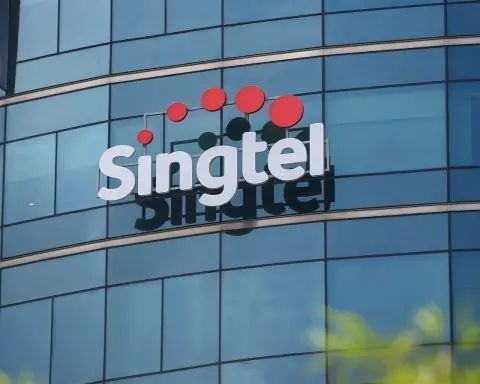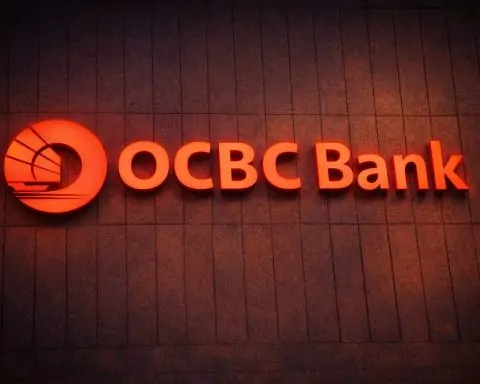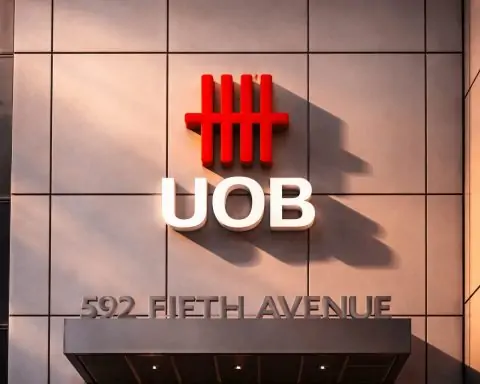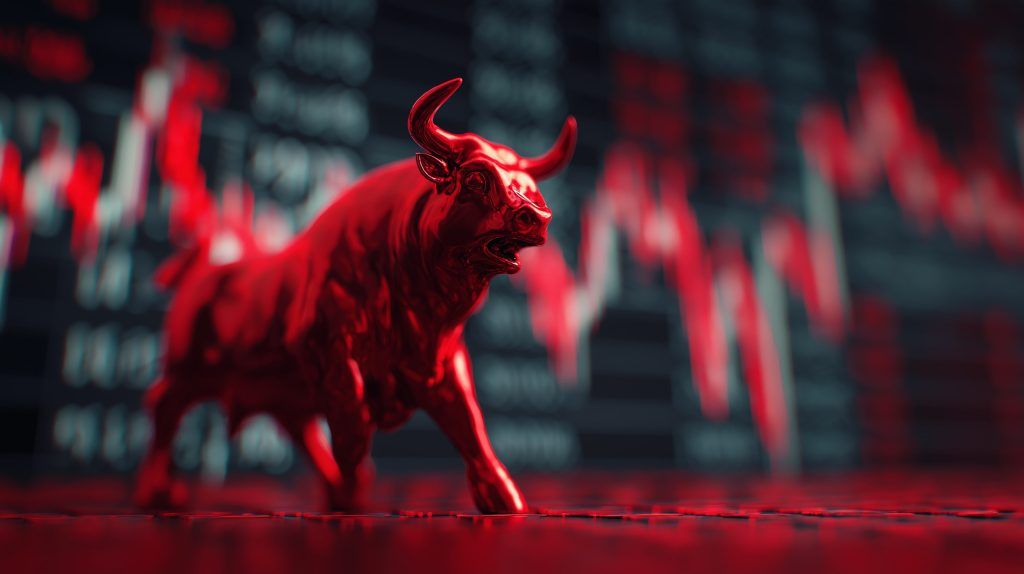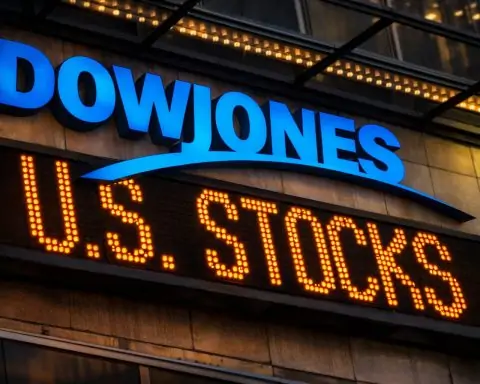- East Wing razed: Photos from Oct. 23 show crews dismantling the White House’s East Wing to make way for a 90,000‑sq.ft “State Ballroom,” privately funded at roughly $300 million [1] [2]. Officials note this is the first major White House construction in nearly 80 years [3].
- Big-name donors: The White House released a donors list after a gala on Oct. 22. Corporate contributors include Amazon, Apple, Google (Alphabet), HP, Microsoft, Meta (Facebook), Coinbase, Ripple, Lockheed Martin, Palantir, T-Mobile, Union Pacific and others [4] [5]. Notable individuals and families (e.g. the Winklevoss twins, oil executive Harold Hamm, the Glazer family) also appear on the list [6] [7].
- Paid by “friends,” not taxpayers: Trump repeated that the ballroom will be “paid for 100% by me and some friends of mine” – no government money – and even raised the cost estimate to about $300M in recent remarks [8]. A White House official confirmed private donors (not tax dollars) will fund the project. Conservative media noted that Google’s parent Alphabet is contributing $22 million as part of a legal settlement [9].
- Controversy and criticism: Preservationists and some lawmakers have demanded a halt until legal procedures are followed [10]. Experts warn the rushed demolition appears to bypass longstanding planning rules: “This obviously would be the biggest change,” and it “appears to break” the federal requirement for commission approval [11] [12]. Former White House ethics counsel Richard Painter blasted the scheme as an “ethics nightmare”, saying “using access to the White House to raise money… I don’t like it. These corporations all want something from the government” [13]. Even after harried questioning by reporters, Press Sec. Karoline Leavitt simply pointed to historical precedent (“many presidents have made their mark”) and told Americans to “trust the process” [14] [15].
- Market reaction: The big tech names on the donors list trade near record highs, and analysts say the corporate pledges have business reasons. For example, Google’s $22M donation stems from a YouTube lawsuit settlement [16]. Crypto firms like Coinbase and Ripple joined in, reflecting Trump’s crypto-friendly policies [17] [18]. Stock markets saw only modest moves: major indexes were mixed on Oct. 24 as investors focused on earnings and the shutdown. Some analysts believe tech shares could feel short-term pressure if political backlash grows, but note these companies remain strong on fundamentals. Bitcoin held around previous highs, bolstered by expectations of pro-blockchain regulation [19] [20].
Donald Trump’s plan has set off a flurry of activity in Washington. The White House has confirmed demolition of the East Wing is complete, and construction will proceed under private funding [21]. Trump personally hosted a thank‑you dinner in the East Room for the donors – which included executives from Amazon, Apple, Google, Microsoft, Meta and others [22] [23] – underscoring the political significance of the project. In a public statement, Trump declared: “For 150 years-plus they’ve wanted to have a ballroom…and it never happened because they’ve never had a real estate person” [24]. He later reiterated that the expansion will not touch the existing building and will “pay total respect” to the historic White House shell [25].
Despite Trump’s assurances, the effort has drawn bipartisan attention. Historic preservation groups like the National Trust have formally asked Trump to pause the demolition until required reviews (with the National Capital Planning Commission and U.S. Commission of Fine Arts) are completed [26]. Former officials note that by law such approvals should come before knocking down a building – a point the administration disputes [27]. Critics on Capitol Hill have likewise raised concerns that this blurs public and private interests.
Stock market watchers say the donor-driven funding model is unprecedented. “Major companies are essentially underwriting a seat at the table,” notes one industry analyst. Alphabet (Google) earmarked roughly $22 million (tied to its settlement with Trump over his YouTube ban) [28], while tech investors hope Trump’s push on AI and cryptocurrency will pay dividends for Silicon Valley. Indeed, several blockchain firms and finance executives (e.g. the Winklevoss twins) jumped at the chance to contribute, seeing the ballroom as a symbol of the new administration’s business-friendly tilt [29] [30]. Most analysts forecast only modest volatility in the coming weeks – pointing out that Apple, Amazon and others are already near record levels, and broader factors like the government shutdown or corporate earnings likely matter more than this one-time project. However, they caution that any murky ethics or legal fallout could put pressure on these stocks down the line.
With donors locked in and demolition done, the project now shifts to construction. The White House says reputable firms (McCrery Architects, Clark Construction, AECOM) will handle the build, with final plans to be submitted for legal review [31] [32]. Trump’s team is framing the ballroom as a once-in-a-generation upgrade funded by boosters, part of a legacy of White House renovations. How the markets and the public react in the weeks ahead will depend on whether this gamble is seen as smart politics or a controversial shortcut – and whether the promised donor cash arrives smoothly.
Sources: Reports from ABC News [33] [34], NBC New York [35], The Independent [36] [37], CBS News [38] and others, including details on the donor list and legal commentary. All data current as of Oct. 24, 2025.
References
1. abcnews.go.com, 2. abcnews.go.com, 3. abcnews.go.com, 4. www.independent.co.uk, 5. abcnews.go.com, 6. www.independent.co.uk, 7. www.nbcnewyork.com, 8. abcnews.go.com, 9. abcnews.go.com, 10. abcnews.go.com, 11. abcnews.go.com, 12. www.independent.co.uk, 13. www.independent.co.uk, 14. www.independent.co.uk, 15. www.independent.co.uk, 16. abcnews.go.com, 17. stocktwits.com, 18. www.independent.co.uk, 19. stocktwits.com, 20. abcnews.go.com, 21. abcnews.go.com, 22. www.independent.co.uk, 23. abcnews.go.com, 24. www.independent.co.uk, 25. www.nbcnewyork.com, 26. abcnews.go.com, 27. abcnews.go.com, 28. abcnews.go.com, 29. www.independent.co.uk, 30. stocktwits.com, 31. abcnews.go.com, 32. abcnews.go.com, 33. abcnews.go.com, 34. abcnews.go.com, 35. www.nbcnewyork.com, 36. www.independent.co.uk, 37. www.independent.co.uk, 38. www.cbsnews.com



